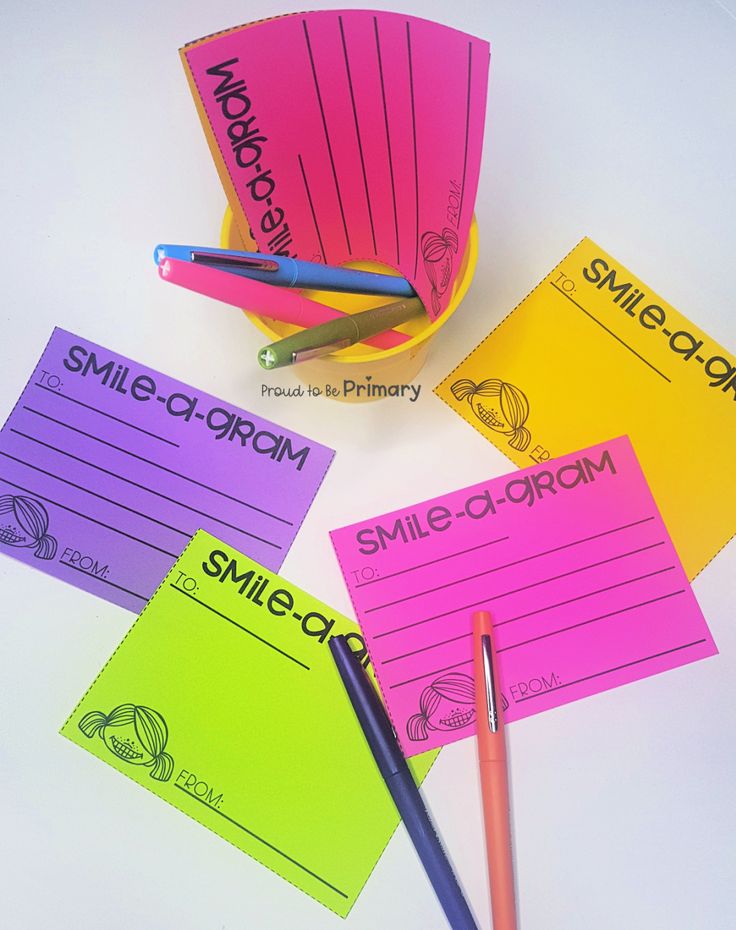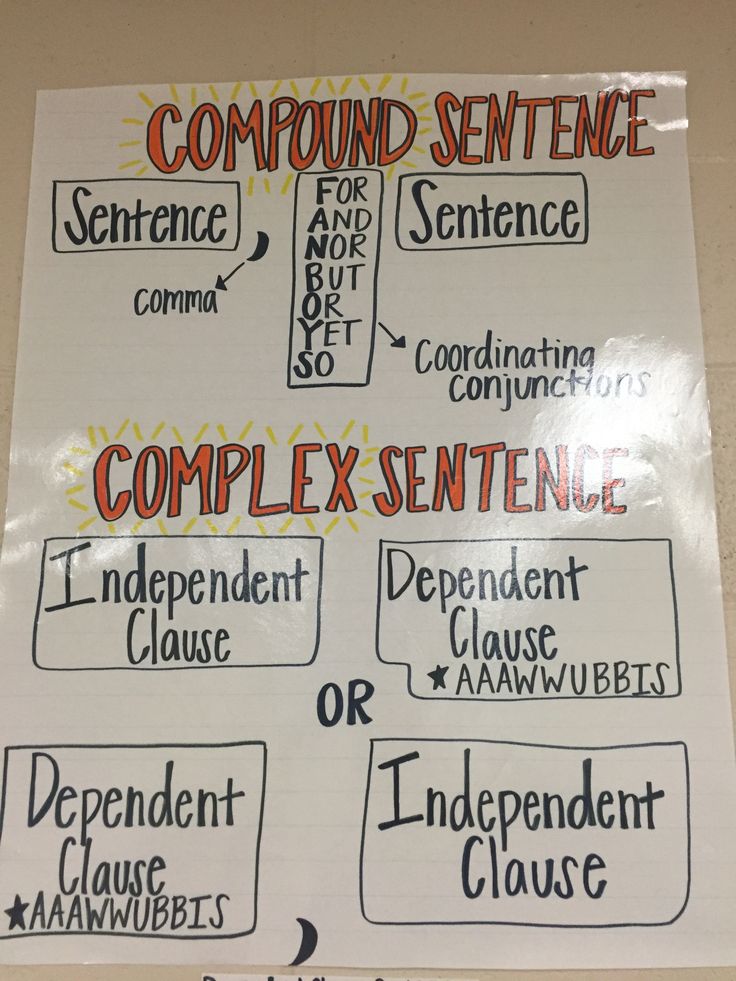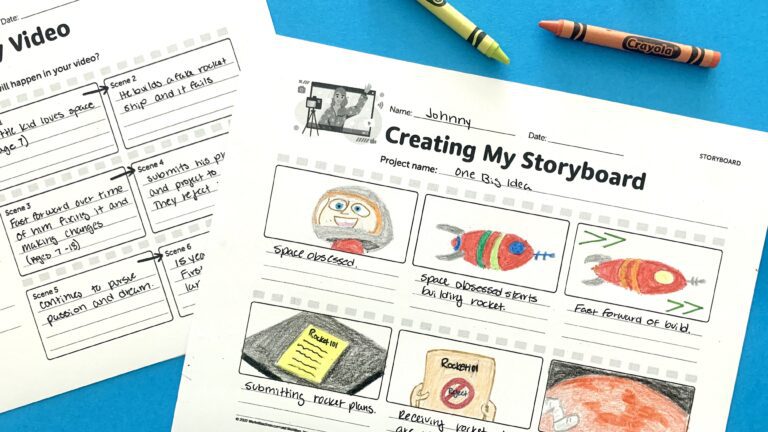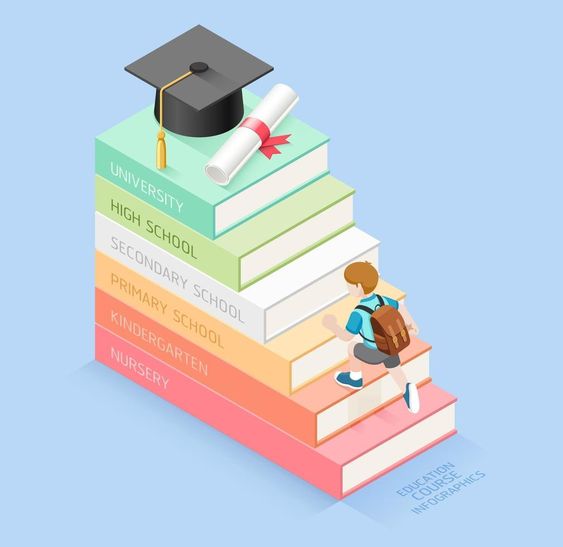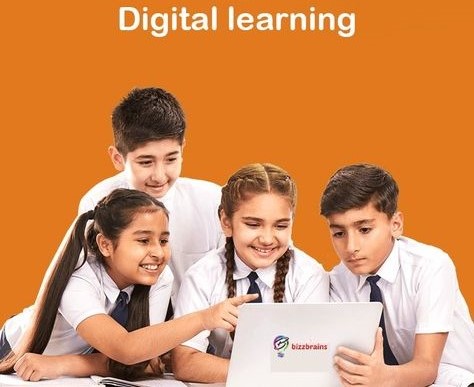In today’s fast-paced world, it’s essential to teach our children the importance of kindness and empathy. By instilling these values in elementary students, we help them grow into compassionate adults who can make a positive impact on their communities. Here are 23 ways your elementary students can show random acts of kindness to those around them.
- Write a thank-you note for their teacher, highlighting specific things they appreciate about them.
- Hold the door open for others when entering or exiting the school building.
- Offer to help a classmate struggling with homework or schoolwork.
- Smile and say “good morning” to everyone they see on their way to school.
- Share their lunch or snacks with someone who forgot theirs.
- Clean up the playground area as an act of kindness towards their school community.
- Invite someone new to play with them during recess, fostering inclusiveness among peers.
- Compliment classmates on their achievements or creative projects.
- Set up a Kindness Jar where students can share kind messages for one another anonymously.
- Create uplifting artwork to decorate the classroom walls, promoting positivity and inspiration.
- Plant flowers or trees around the school grounds as an act of environmental kindness.
- Donate unwanted toys or books to a local charity or children’s hospital.
- Make friendship bracelets and give them out to classmates as tokens of kindness.
- Offer to read aloud during story time for younger students in neighboring classrooms.
- Volunteer to help around the classroom, such as cleaning up art supplies or organizing books.
- Organize a sock drive, collecting new socks for children in need within the community.
- Start a pen pal program with students from another school across town or even from another part of the world, bridging cultural gaps and building friendships.
- Write positive affirmations on sticky notes and place them randomly around the school.
- Donate gently used clothing to classmates or local families in need.
- Start a chain reaction of kindness by encouraging classmates to do something kind for someone, then asking that person to pass it on to another individual.
- Choreograph a surprise “Random Acts of Kindness” dance and perform it at a school assembly.
- Show appreciation for the school staff, like janitors and cafeteria workers, with thank-you cards or small treats.
- Collect non-perishable food items for local food banks and shelters as a class project.
By encouraging these simple acts of kindness, you can help create a nurturing environment where compassion, empathy, and understanding are at the core of your elementary students’ experiences. Let’s foster a generation that values kindness just as much as success in our society.
